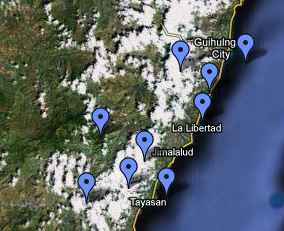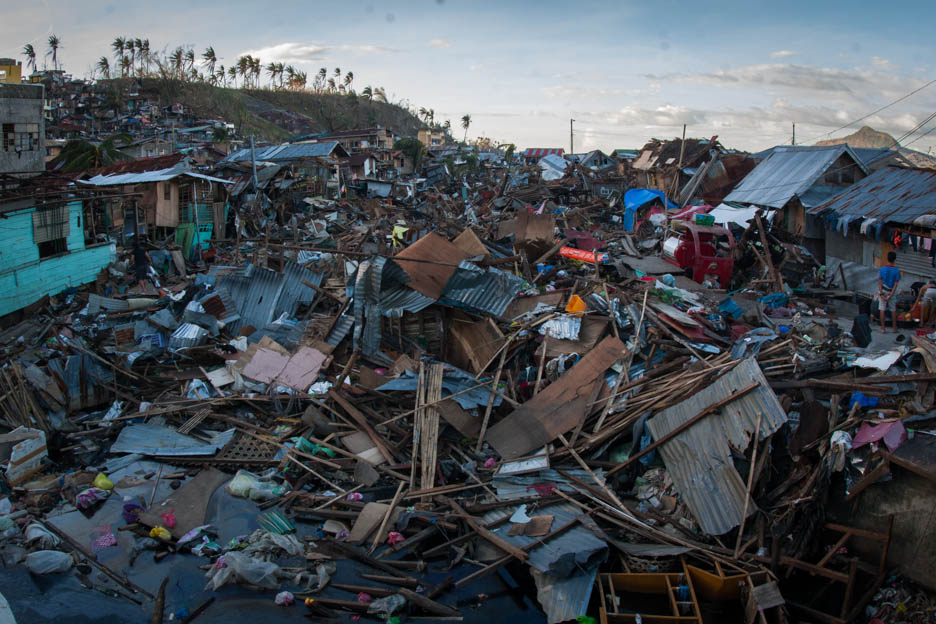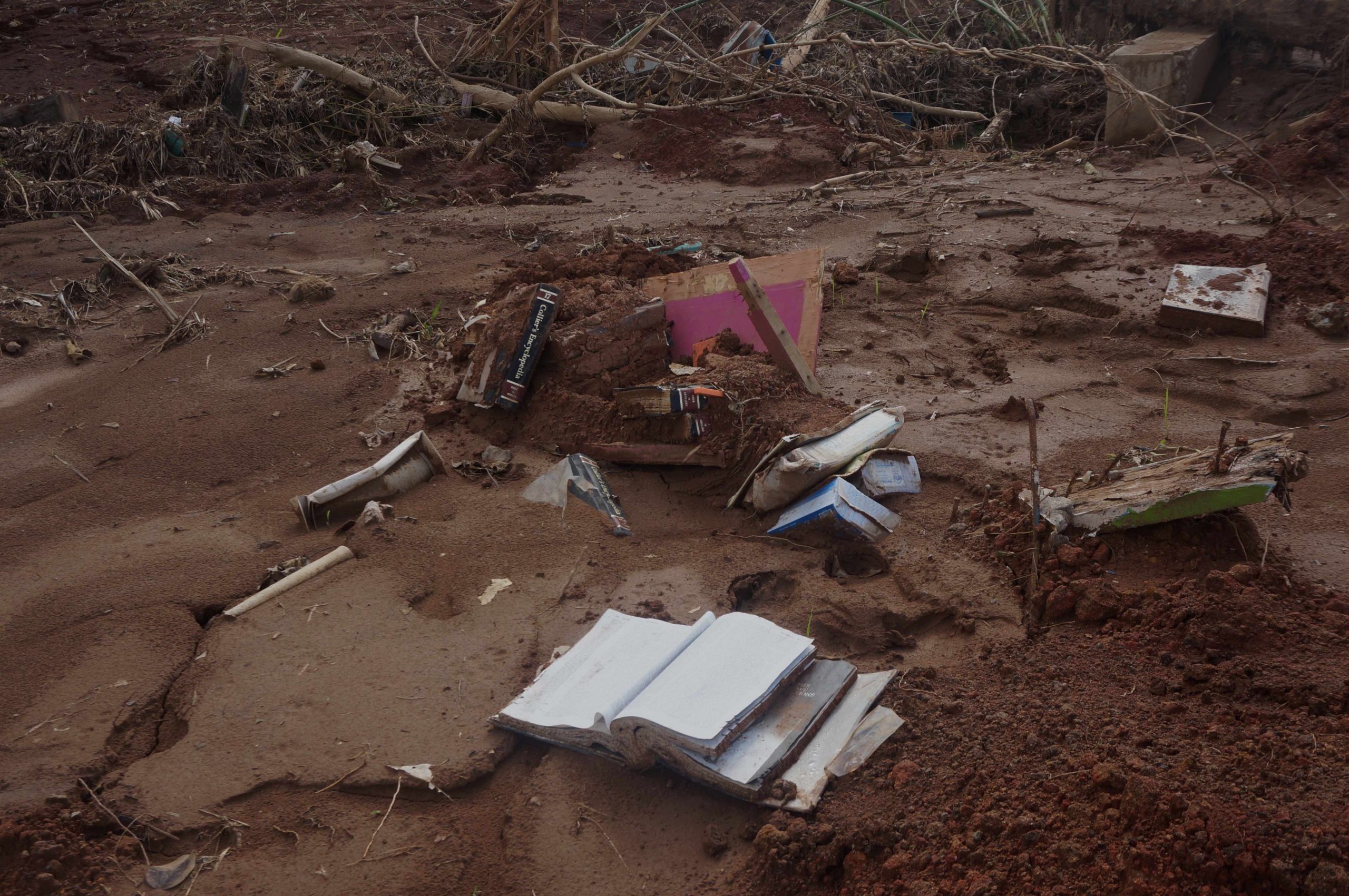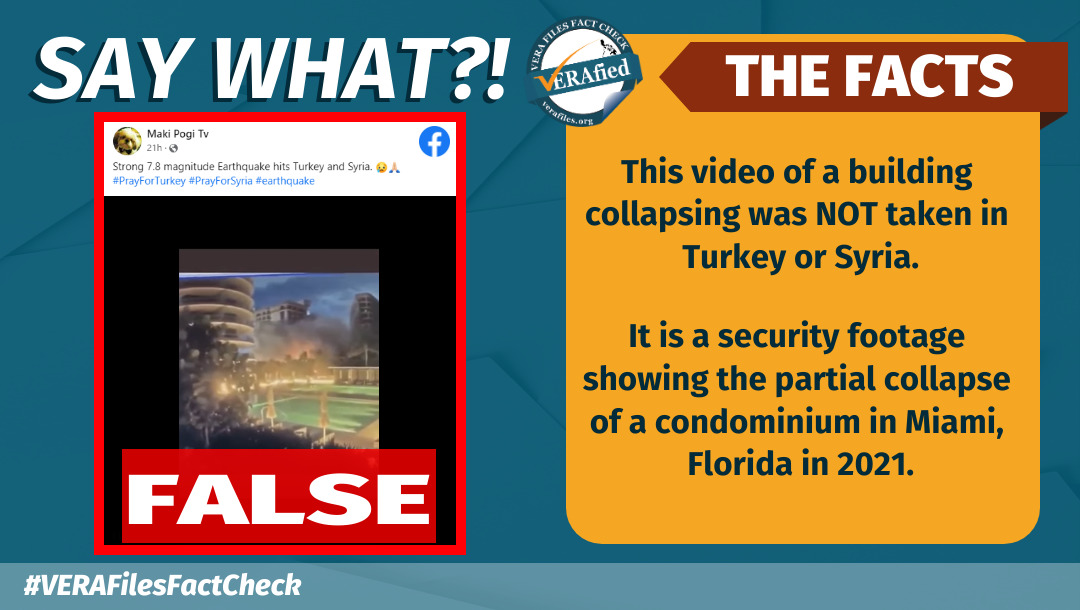View Tayasan earthquakes in a larger map
By JOSEPH HOLANDES UBALDE
TV5, InterAksyon.com
WHILE seismologists have yet to give the official cause of the magnitude 6.9 quake that ripped through Negros province and nearby Visayas islands on Monday, some point to a likely suspect: a “blind fault.”
Blind faults are fault lines that don’t rupture all the way to the earth’s surface and are hidden underneath the uppermost layers of the crust. A similar hidden fault caused the massive 6.3-magnitude Christchurch, New Zealand earthquake last year.
Dr. Bartolome Bautista, deputy executive director of the Philippine Institute of Volcanology and Seismology, said the earthquake’s epicenter struck at an area where there was no previous fault line. Earthquakes only occur along one.
Bautista said the fault might have existed earlier but was buried under sediments or volcanic soil that was deposited over a long period of time. On Monday, a 6.9 earthquake rocked parts of Negros and Cebu, which was felt in the three major islands of the Philippines and prompted a tsunami warning alert in several coastal areas in Visayas.
Based on InterAksyon’s research, more than 21 earthquakes have happened off the coast of Negros in the last two days, a seismic activity that was absent in the past year.
While Phivolcs chief Dr. Renato Solidum already said on Monday that the blind fault was the possible cause of the strong tremor, Bautista is careful not to make any hasty conclusions at this point.
“It’s just a possibility, we still need to conduct more studies,” he said.
The Phivolcs has deployed a team to Visayas to monitor and track the locations of the aftershocks. By mapping out the epicenters of the aftershocks, the institute can better track the hidden fault line, Bautista said.
Meanwhile, residents in Negros and nearby islands would have to brace themselves for two more weeks of aftershocks, he added.
More quakes in Negros
The Phivolcs tracked a total of nine more mild earthquakes near Negros Oriental between midnight till noon on Tuesday.
The following quakes, with magnitudes ranging from 3 to 4, were recorded in Tayasan, Negros Oriental in just 12 hours:
- Magnitude-3.8 at 12:08 a.m.; Intensity II in Iloilo City
- Magnitude-3.1 at 1:48 a.m.
- Magnitude-4.0 at 2:50 a.m.
- Magnitude-3.9 at 3:42 a.m.
- Magnitude-3.2 at 5:39 a.m.
- Magnitude-4.0 at 7:47 a.m.; Intensity III felt over Tayasan and Intensity II over Iloilo City and Loboc, Bohol
- Magnitude-3.2 at 10:24 a.m.
- Magnitude-4.0 at 12:05 p.m.; Intensity II over Iloilo City and Intensity I in Canlaon City
- Magnitude-3.3 at 12:25 p.m.
No damage to property or aftershocks were recorded in the nine quakes. The 12:25 p.m. earthquake that happened on Tuesday is the 21st tremor that shook Tayasan in just two days.
Based on InterAksyon’s research, no earthquake was previously recorded near Tayasan since 2011.![]()





